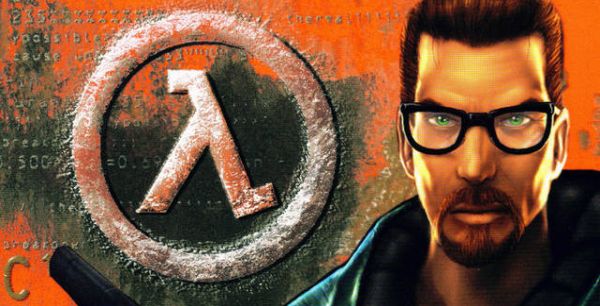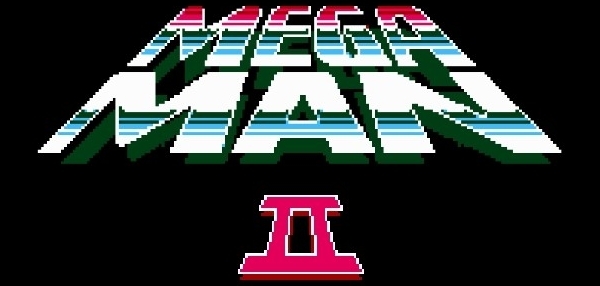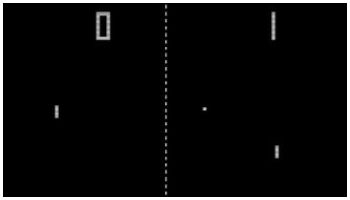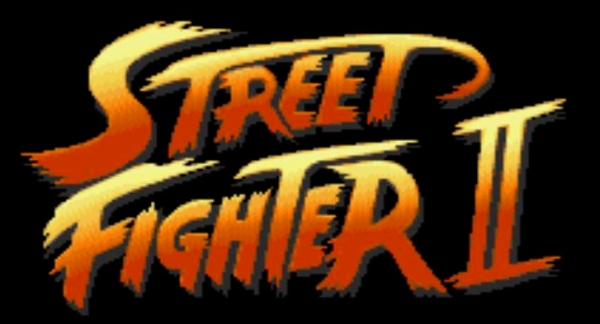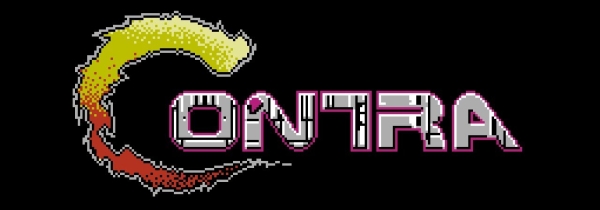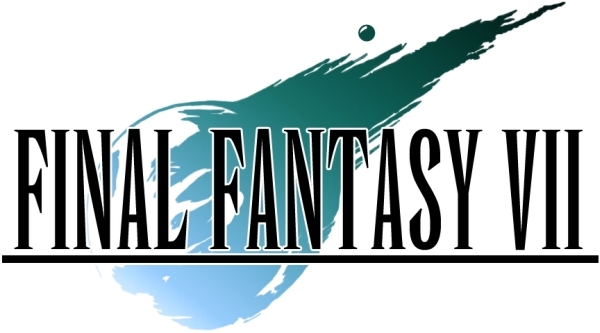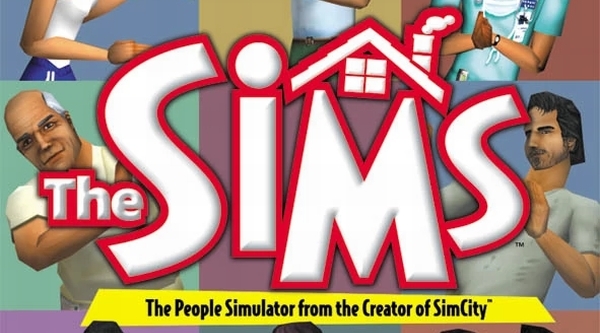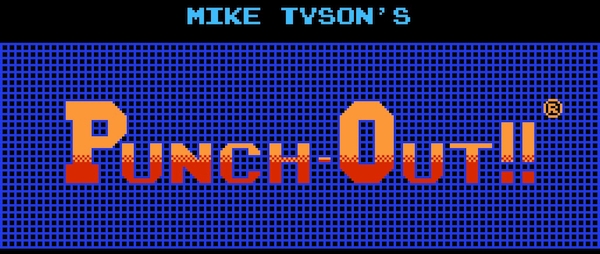
The latest VGC Essay looks at how the real person at the center of Mike Tyson’s Punch-Out!! changed sports games and how Little Mac’s cartoonish opponents did as well. Here’s a teaser…
“They say I can’t lose. I say you can’t win!”
– Mike Tyson, to Little Mac, in 1987’s Mike Tyson’s Punch-Out!!
“There’s no one that can match me. My style is impetuous, my defense is impregnable, and I’m just ferocious. I want your heart! I want to eat his children!”
– Mike Tyson, about Lennox Lewis, in 2000
In the 13 years between those two quotes, Mike Tyson went from being the face of boxing (and Nintendo’s best-selling Mike Tyson’s Punch-Out!!) to becoming a punchline for late night comedians. In between, he was convicted of sexual assault in 1992 and bit off a part of Evander Holyfield’s ear in 1997.
From that moment on, Tyson would fit right in with the cartoon characters that made up the undercard to his eponymous game. After his retirement from the ring, Tyson would remake himself as something of a gentle giant, constantly tending to the pigeons he kept on the roof of his apartment building. His later decision to act in absurdist comedies like The Hangover and Mike Tyson Mysteries (an animated Scooby-Doo parody where Tyson is assisted by the ghost of the Marquess of Queensberry) just cemented it.
But the Mike Tyson of 1987 was cartoonish in a different way. The boxing prodigy known to the world as “Iron Mike” and “Kid Dynamite” demolished his opponents in ways that the sport hasn’t seen since. His first professional fight was over in less than two minutes. His next fight lasted a mere 52 seconds, while his fourth required only 39. And in 1986, Tyson knocked out Marvis Frazier in a little over 20 seconds, though an appeal changed the official time of the bout to 30 seconds.
“The Dream Fight” in Punch-Out!! was just as brutal. Tyson deals instant-knockdown uppercuts towards the game’s diminutive hero, Little Mac, for the first minute and a half of this epic boss battle. “Iron Mike” follows that up with a series of hooks that are so fast, it’s hard to keep up. In the second round, a series of ferocious jabs eventually give way to a wild combination of punches that are telegraphed by rapid-fire blinking. With bleary eyes and weary thumbs, hopefully you’ve figured out that the best strategy for fighting the champ is to just survive to the end of the third round and hope for a favorable decision.
Continue Reading the Full Essay →
